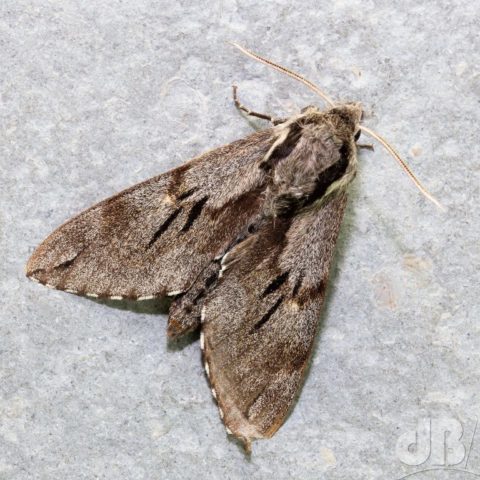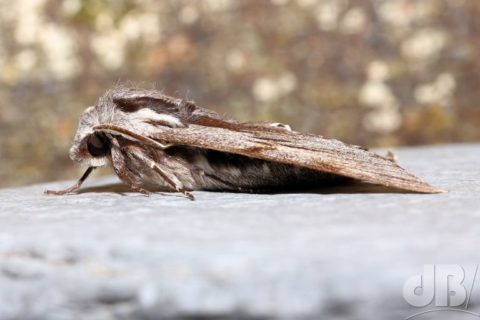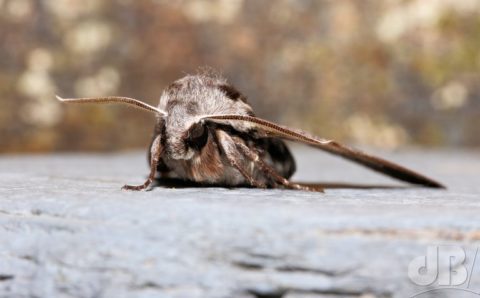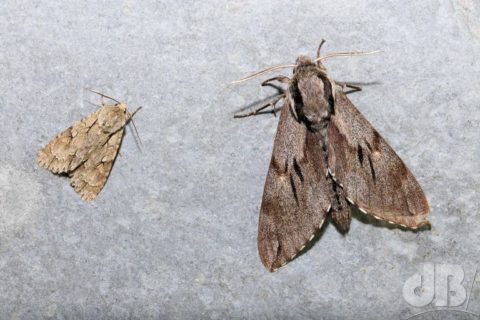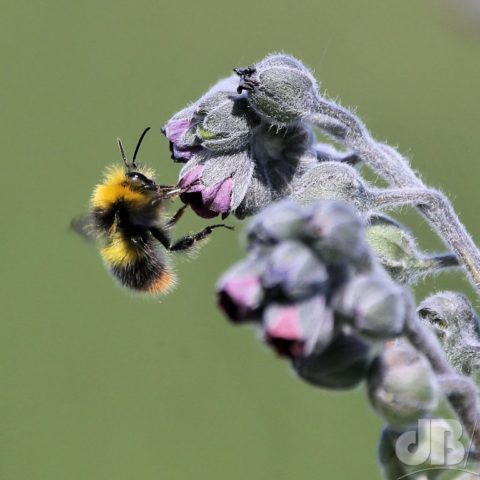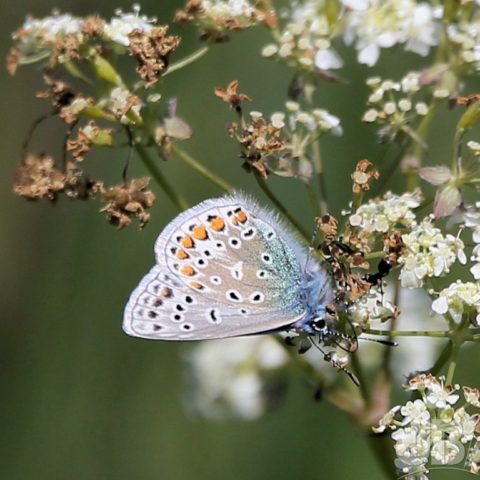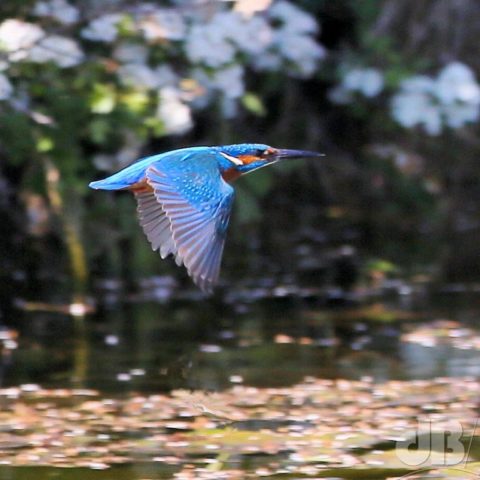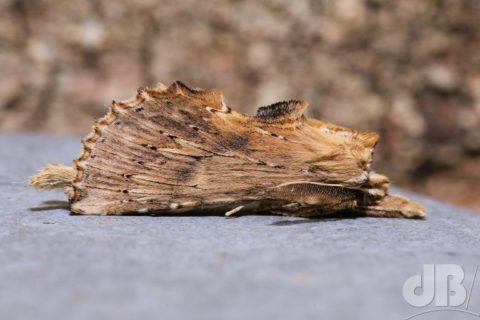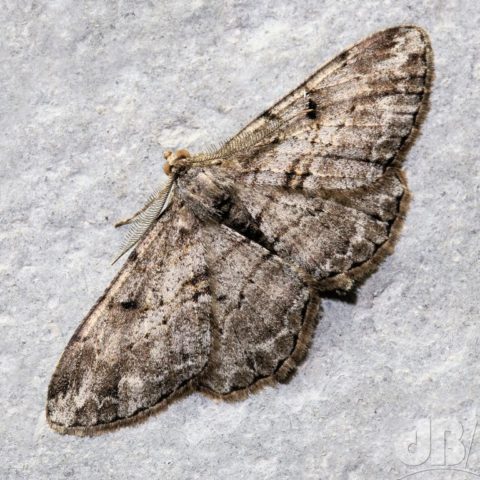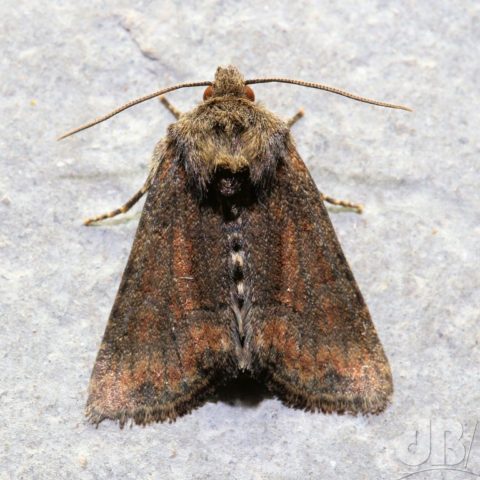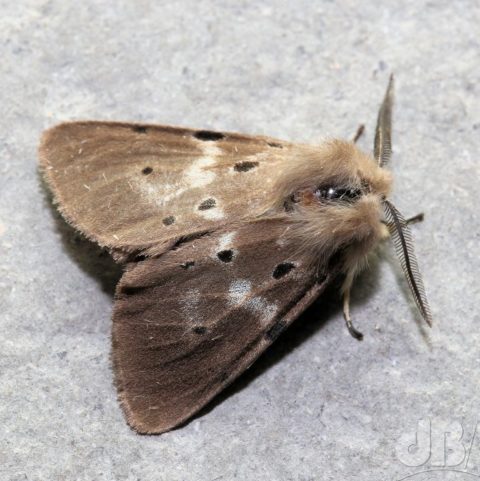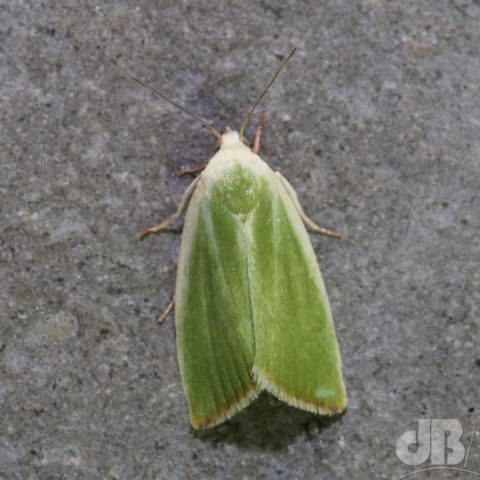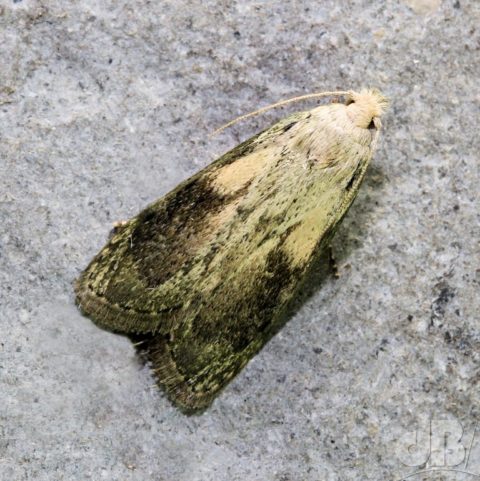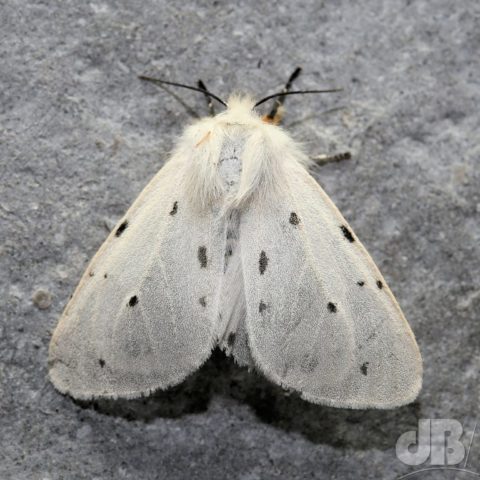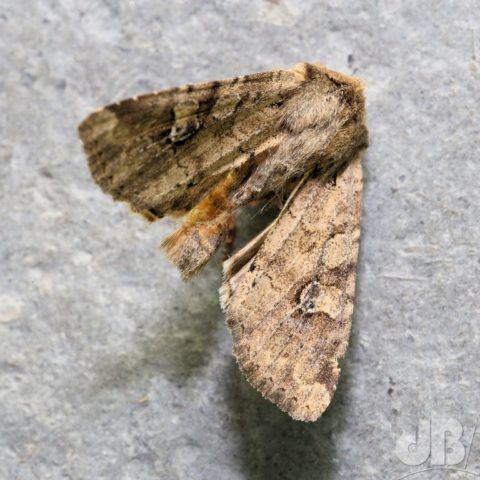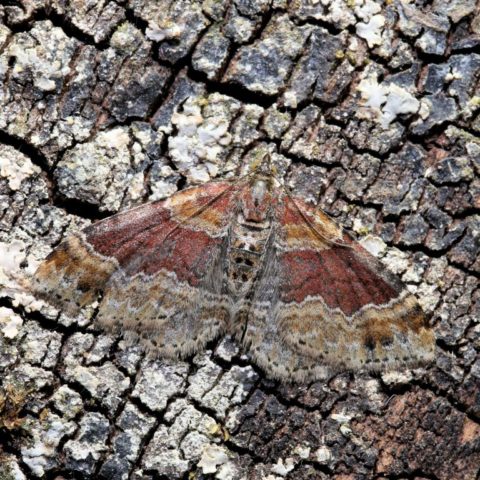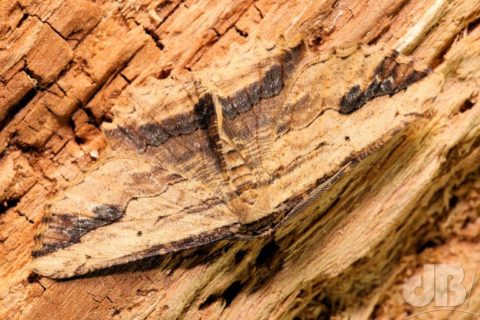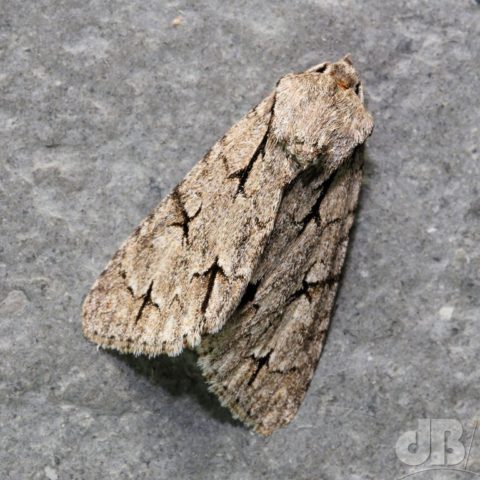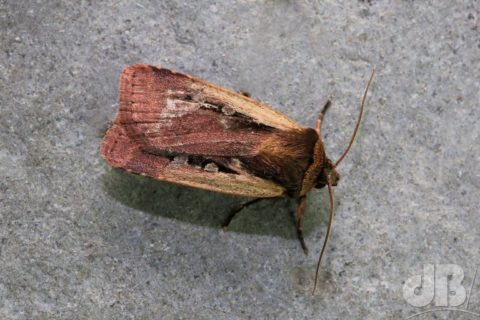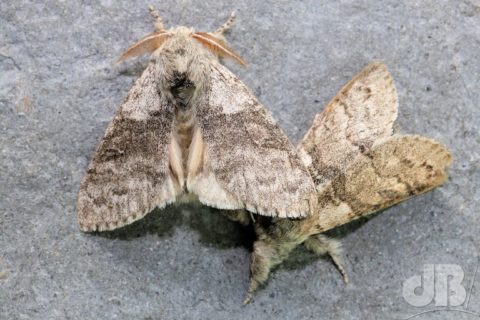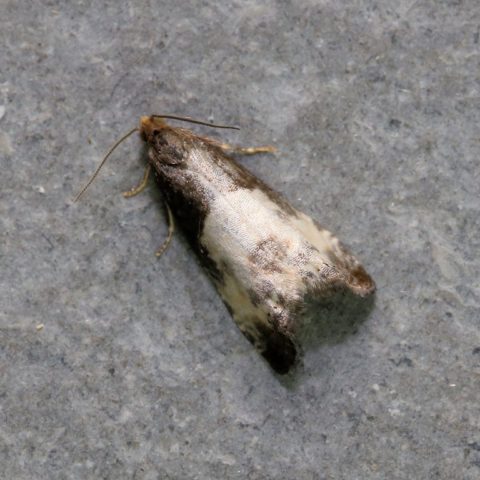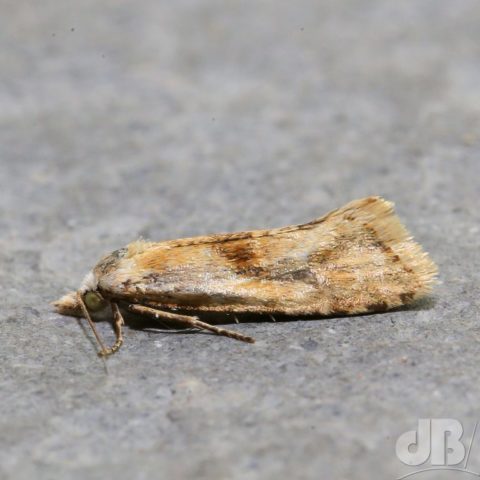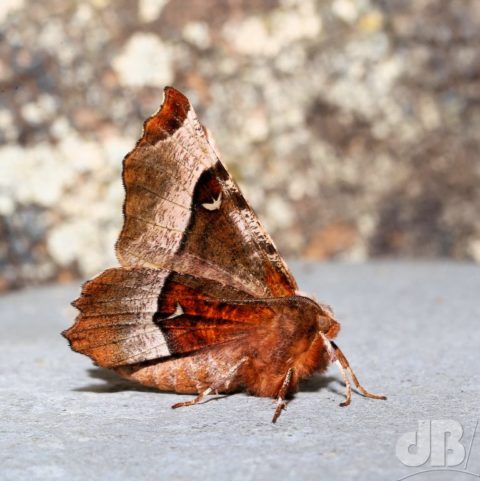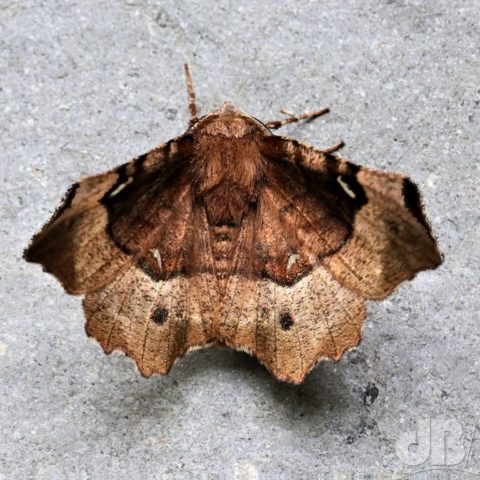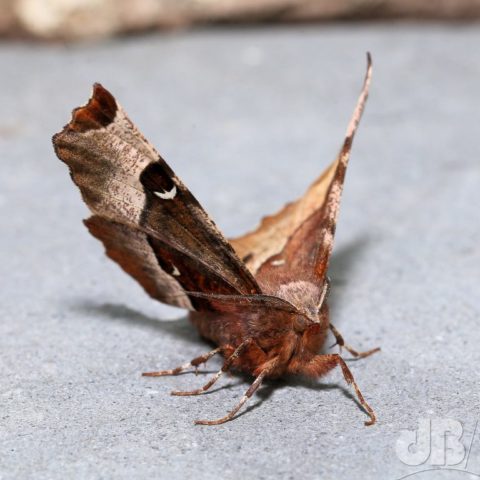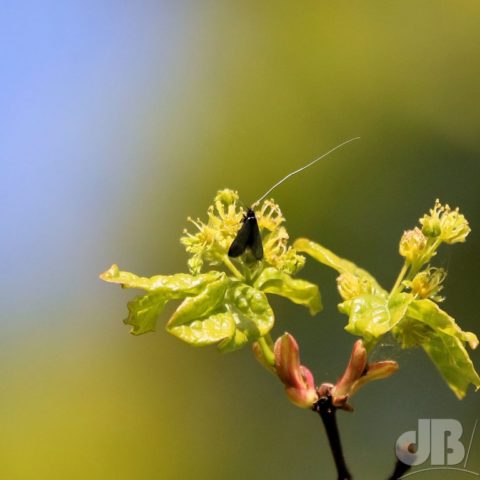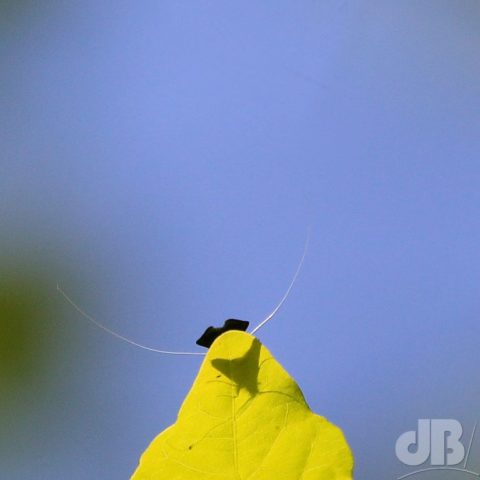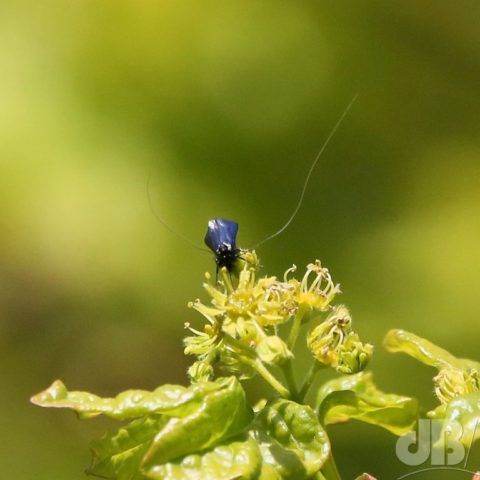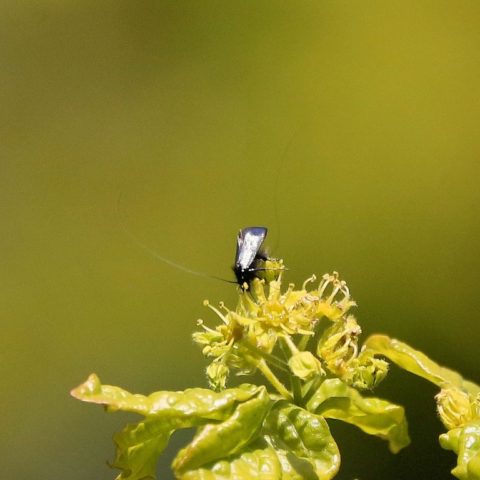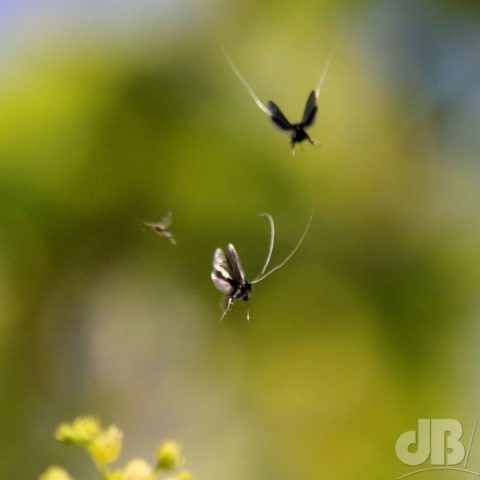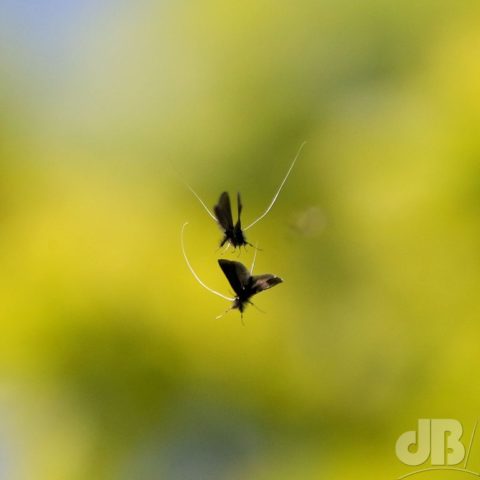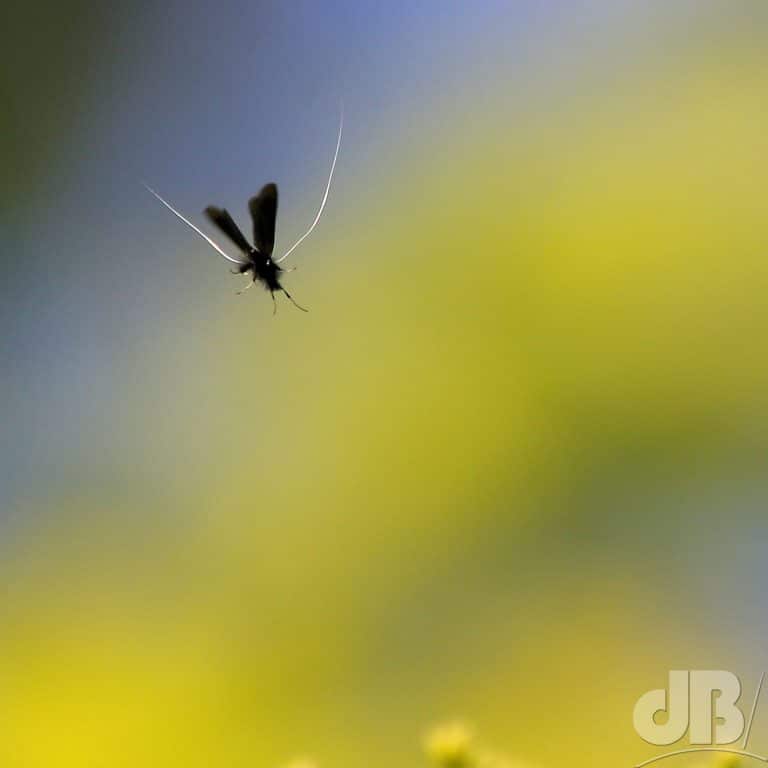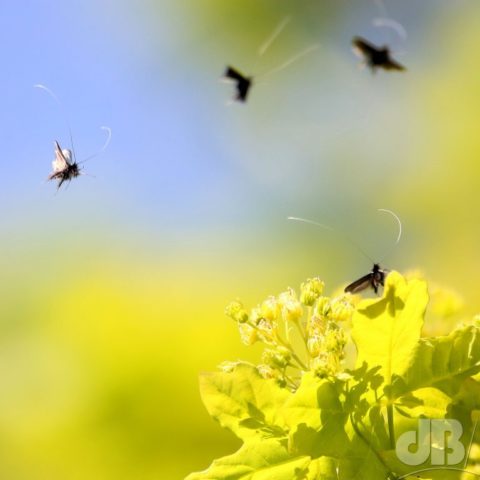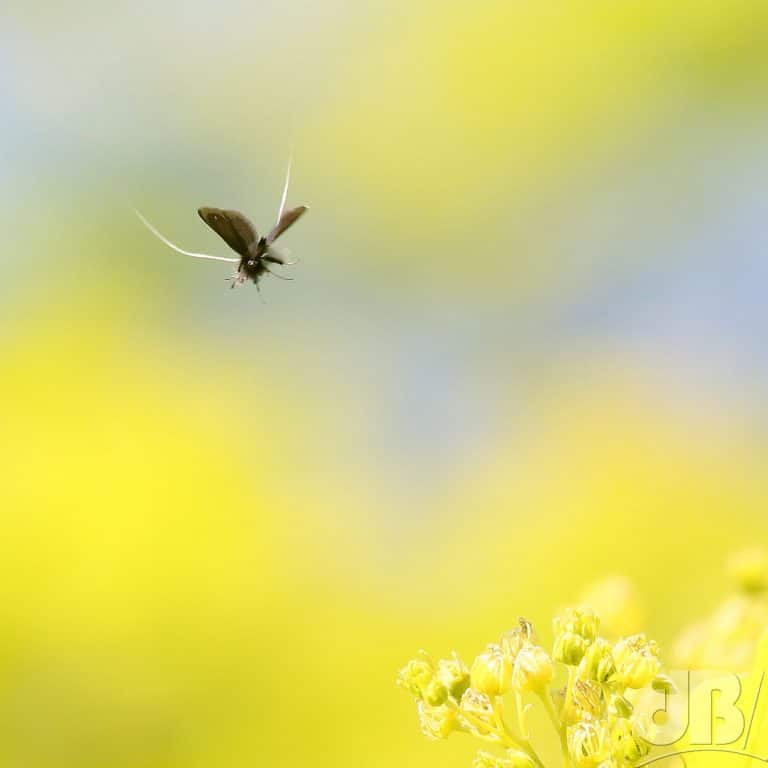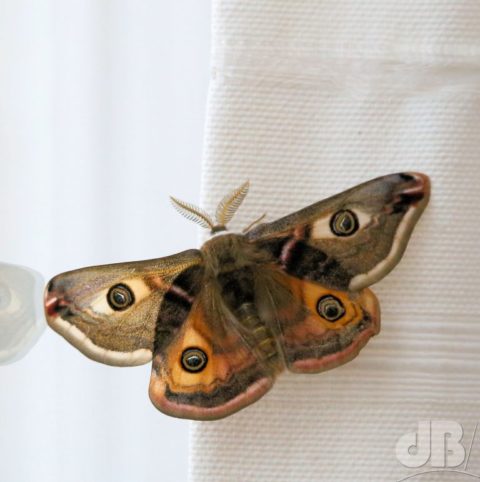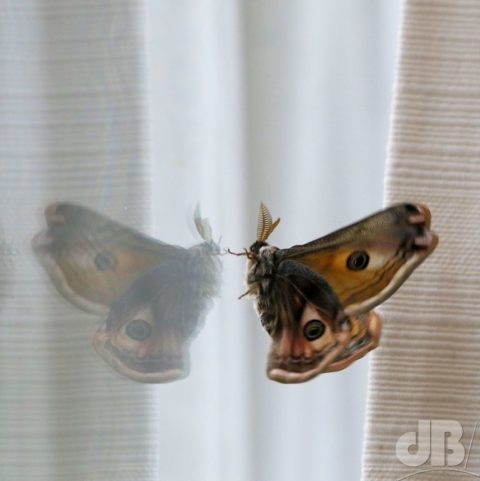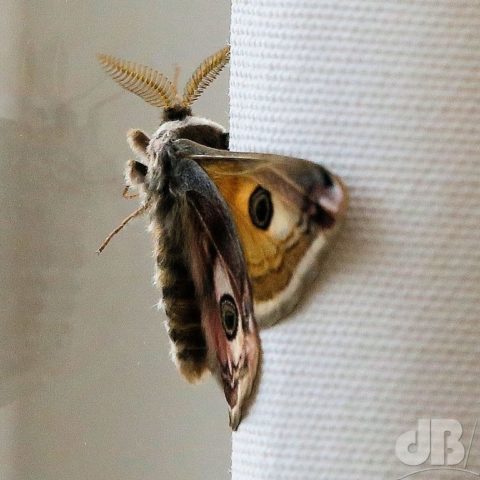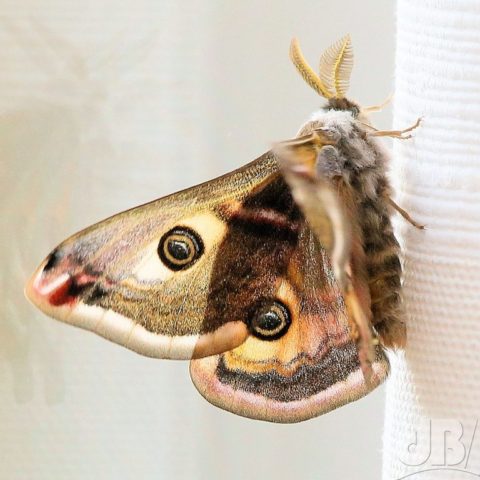UPDATE: Two bio friends on Facebook came back with two different answers when I posed this question there. Grace Baynes pointed to a paper about genetic changes in stems from the same specimen of Mimulus (monkeyflower) plants here. The keyphrase in the paper “monkeyflowers mutate as they grow”.
Julie Webb posted: tranposable elements and pointed to a paper suggesting that this can occur because of viral infection, here.
I planted up some aquatic plants in #PondLife as regular readers will know. Among them a few Mimulus in a pot. They’re in full bloom right now. Big, buttery yellow horn-shaped flowers with patches of burgundy red and ruddy spots leading into the flower.
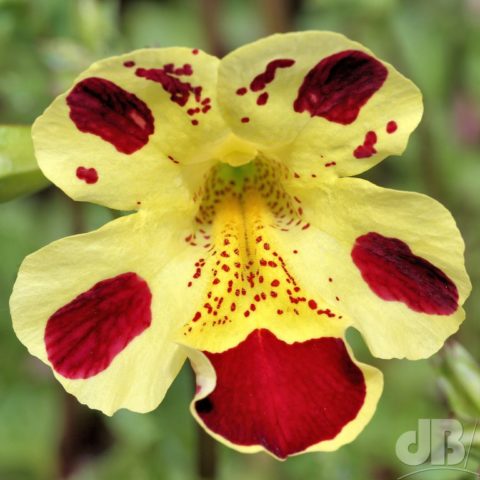
Now, at some point early in Covid lockdown, I plucked some of the shoots protruding from the basket of Mimulus and planted them in another basket-pot in the pond with some nutrient-depleted aquatic compost (as I had with the initial bunch).
The new shoots took well and one of them bloomed a week or so ago. Same horn-shaped flowers, same colours, but a lot smaller than the make crop.
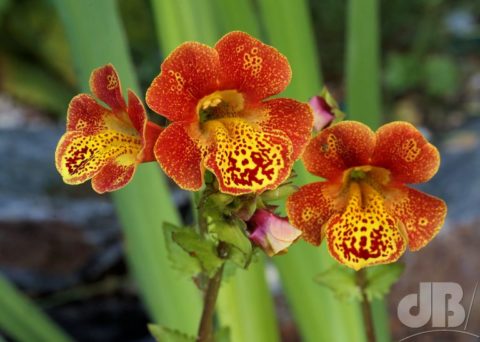
However, this morning more of the offshoots have bloomed and they have produced similar small flowers but with a very different pattern and colour scheme. Now, if these had been grown from seeds from the original plant I’d have invoked Mendelian genetics to explain the colour variation. But, these offshoots are as the name would suggest shoots off the original plant. They’re genetically identical, they’re not even clones, they’re simply bits of the original plant…
